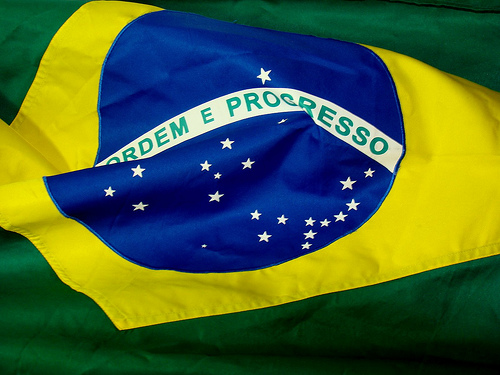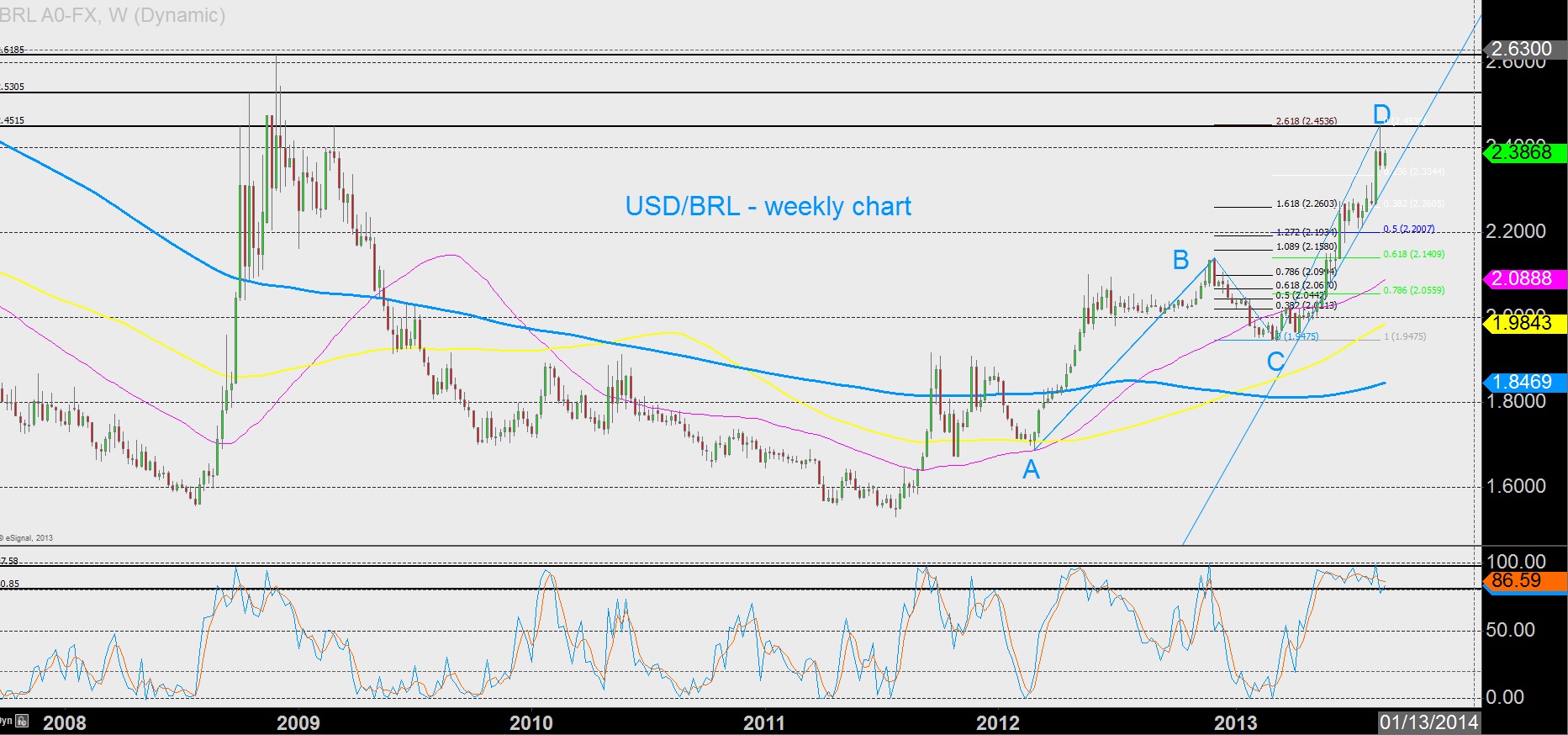The Brazilian Real is off the radar for most traders. The Brazilian economy has significantly strengthened during the last crisis, and this is strongly felt in the currency. In 2010, USD/BRL will probably gain more traction.

Brazil’s population is nearing 200 million people, the fifth in the world. It’s economy had been behind for many years due to poverty, crime and political instability. In the past few years, the political system is stable, the gaps between the rich and the poor have narrowed and personal security has also improved. It’s not only about soccer (football) and samba…
The economical policy is balanced: on one hand helping the poor while encouraging free trade on the other hand. This policy, especially with the current president Lula da Silva, who is in power since 2002, has turned Brazil into the regional super-power and it now has the world’s 9th largest economy.
Brazilian companies have large holdings in other South-American states, sugar is also used for bio-fuel and the industry is constantly moving into new areas such as submarines. Brazil weathered the global financial crisis quite well, and continued the steady growth, while maintaining an acceptable unemployment rate of 7.5%.
USD/BRL in 2009
The Brazilian Real didn’t ignore the good situation, and made strong gains during 2009: 30%!
From the close of 2008, at 2.3240, USD/BRL fell to 1.7760 at the time of writing, close to the end of the year. This is stronger than the gains made by AUD/USD, which made the strongest gains in the Western hemisphere. USD/BRL was already at 1.64 earlier this year.
It outperforms all the first tier currencies that are far behind the Aussie, and also outperforms second tier currencies such as the Norwegian krone and the Swedish krona.
USD/BRL in 2010
Looking at the country’s balanced policy and stability, the Real’s strength will probably continue into 2010, especially if energy prices rise and bio-fuel will gain traction.
I don’t think that the Brazilian Real will turn into a first tier currency. The Real consists of less than 1% of forex trading volume (according to this table), and has a long way to go.
I do think that USD/BRL will capture a stronger place among second tier currencies such as the aforementioned Scandinavian currencies, and also currencies from the far east: the Korean Won, Singapore dollar and the Hong Kong dollar.
Does anyone here trade USD/BRL?
Want to see what other traders are doing in real accounts? Check out Currensee
